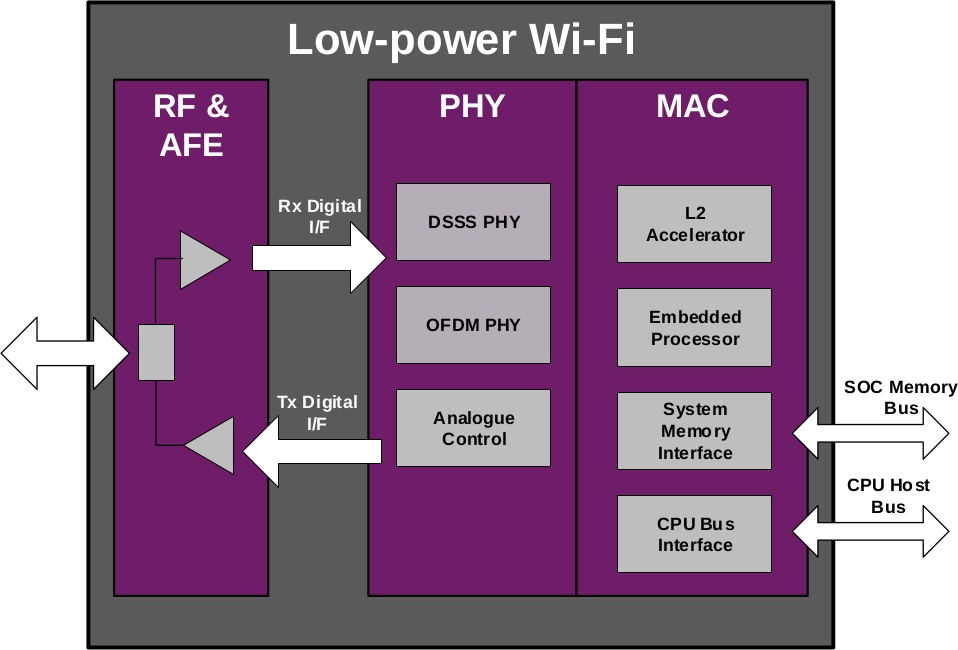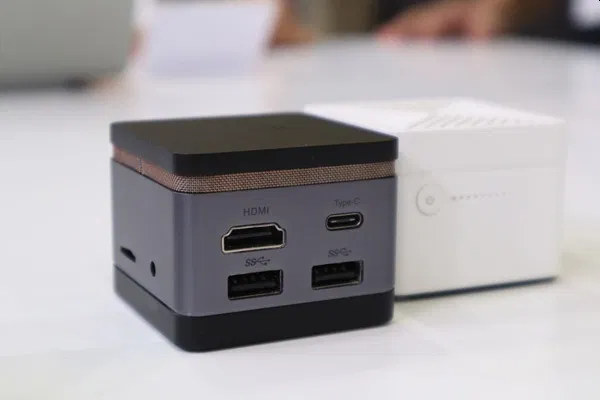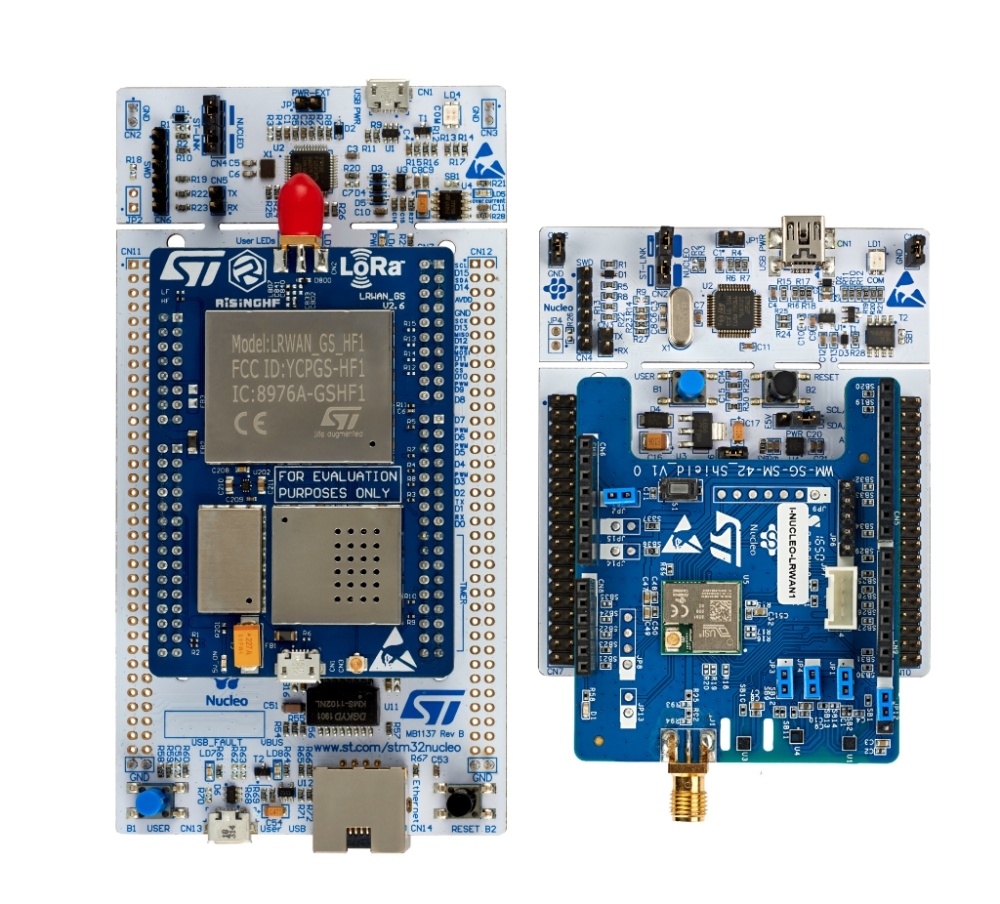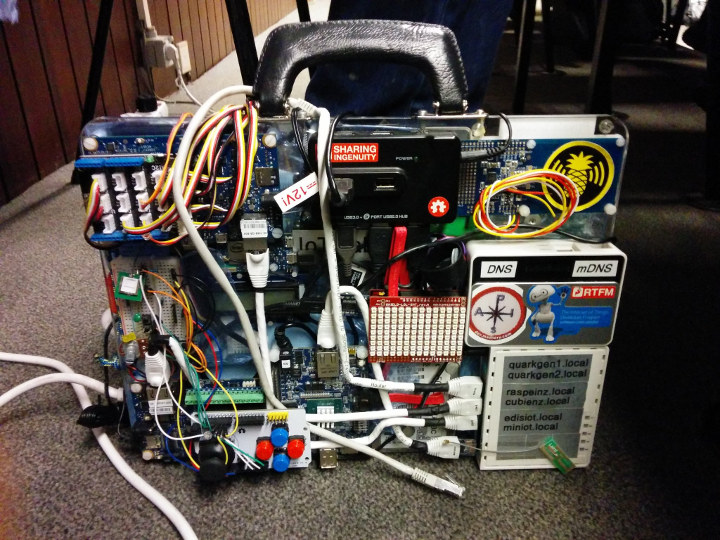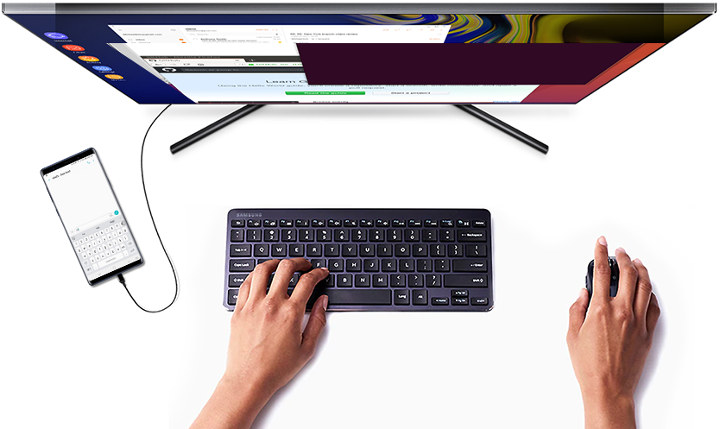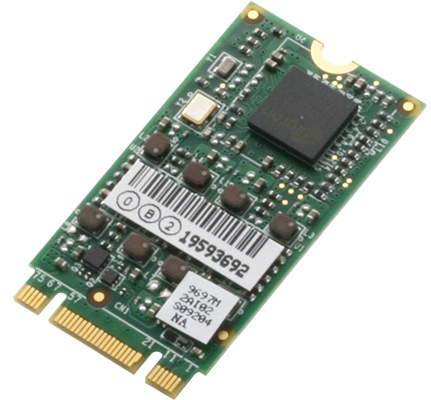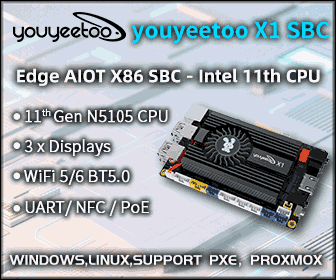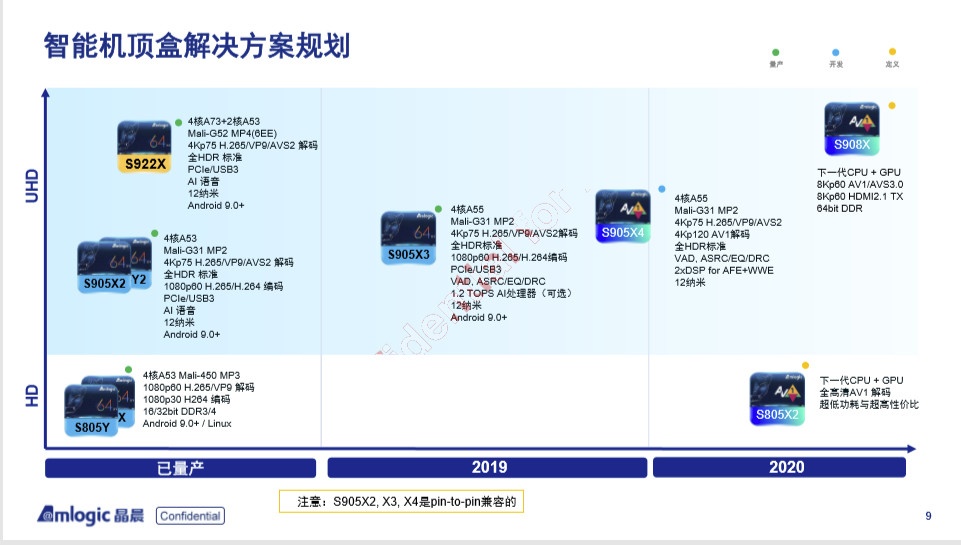Imagination Technologies is better known for their PowetVR GPUs and as the previous owner of MIPS technology, but they do have other products as well and the company just announced their second generation 802.11n WiFi IP designed for low power applications Ensigma iEW220 is an IEEE 802.11a/b/g/n 1X1 SISO Wi-Fi IP solution comprised of RF, baseband and MAC, and supporting both 2.4GHz and 5GHz spectrum. iEW220 specifications: RF Features Dual-band 2.4 and 5 GHz RF including PA Power efficient AGC Optimized PLL power consumption Customized PA to minimize Tx power consumption Power optimized DAC/ADC design Integrated transmit/receive switch for RF Single pin RF antenna interface IEEE 802.11 PHY Support (2.4/5 GHz) IEEE 802.11b DSSS/CCK (up to 11 Mbps) IEEE 802.11a/g OFDM (up to 54 Mbps) IEEE 802.11n OFDM MCS 0-7, (20/40 MHz channels, up to 72.2/150 Mbps) Station, soft AP and Wi-Fi direct with up to four associated devices Tx […]
iLife MP8 Micro PC may be the World’s Smallest Windows 10 Mini PC
So far one of the smallest Intel mini PC was ECS Liva Q2 packing an Intel Celeron N4000/N4100 or Pentium N5000 Gemini Lake processor with up to 4GB RAM and up to 64GB eMMC flash into a 70 x 70 x 33.4 mm enclosure. iLife MP8 micro PC looks to be an even smaller, albeit taller mini PC powered by an Intel Celeron N4100 quad-core Gemini Lake processor with 4GB RAM and 64GB storage. Preliminary specifications: SoC – Intel Celeron N4100 quad-core Gemini Lake processor @ 1.10 GHz / 2.40 GHz (Burst Frequency) with Intel UHD graphics 600; 6W TDP System Memory – 4GB LPDDR3 Storage – 64GB eMMC flash. MicroSD card slot Video Output -HDMI output Audio – Headphone jack, digital audio via HDMI USB – 2x USB 3.0 ports, 1x USB Type-C power Misc – Power button Power Supply – Via USB-C port Dimensions – ~ 50 x […]
STMicroelectronics Introduces Affordable LoRa Development Packs For All User Types
STMicroelectronics has recently announced the launch of a new set of LoRa Development packs, which are not only affordable, but they are aiming to a large pool of users from big organizations, small companies, hackers, engineers, students, and hobbyists. The ready-to-use development packs are aimed for applications bent on leveraging LoRa ’s long-range, low-power wireless IoT connectivity for tracking, positioning, metering, and many related applications. STMicroelectronics is releasing the P-NUCLEO-LRWAN2 pack and P-NUCLEO-LRWAN3 pack. Both packs provide a complete LoRaWAN development kit, and they include gateways, end-nodes, and ST tools, which are all based on the STM32 Nucleo evaluation boards. The LoRa gateway on both packs is based on the STM32 Nucleo-144 development board, NUCLEO-F746ZG. The STM32 Nucleo-144 development board with STM32F746ZG MCU supports Arduino, ST Zio, and Morpho connectivity. The Gateway header pins are exposed out to facilitate more development, and they support interfacing with LoRaWAN network-server providers LORIOT, Actility, myDevices Cayenne for LoRa […]
FOSDEM 2020 IoT Devroom Call for Proposals
FOSDEM (Free & Open-source Software Developers’ European Meeting) takes place every year in Brussels, Belgium on the first weekend of February. FOSDEM 2020 is scheduled for February 1-2, and now that developer rooms have already been announced, there are calls for proposals for each topic. Benjamin Henrion (aka Zoobab), a frequent reader and commenter of CNX Software, will be in charge of the IoT devroom and has now initiated a call for proposals for Internet of Things talks. The devroom will take place on Saturday or Sunday between around 10.30 and 18:00. Each talk will last 25 minutes with a 5-minute break between talks. The talks must be about fully open source projects that cover one of the topics below: Machine-to-machine (M2M) communication on small embedded devices Distributed applications in any field of interest for autonomous/self-controlled devices, (e.g. domotics, automotive, etc) Networking: TCP/IP, mesh networking, message queuing, cross-layer solutions Real-life […]
Linux on DeX Won’t Be Available on Android 10 as Samsung Scraps the Initiative
Desktop mobile convergence was talked a lot a few years with the hope that smartphones would eventually be used as a phone while on the go, and an efficient desktop or laptop replacement at the office or the home. Canonical was heavily involved in making convergence happen with Ubuntu Touch, but over two years ago they eventually had to drop all development efforts focusing on IoT and the Cloud instead. Samsung came up with its own Linux on Galaxy offering in 2017, which officially launched as Linux on Dex beta nearly a year ago, and allowed users, mostly developers, to run a Linux Desktop while their Samsung Android smartphone was connected to a monitor. Linux on Dex is Dead This looked promising, but Android Police reports some beta users received an email from Samsung explaining that the beta program had ended and that Linux on DeX will not be supported […]
AAEON M.2 and mPCIe Cards for AIoT Acceleration Run Kneron KL520 AI SoC
The AAEON announcement of its AI Acceleration M.2 and mini-PCIe cards AAEON uses Kneron KL520 AI SoC dual Cortex-M4 on a series of new modules that are accelerating AI edge computing and that only need 0.5 Watt of power. The modules are M.2 and mini-PCIe AI acceleration cards, that offer a new way to come at AI acceleration. What AI Features are Enhanced The cards are meant to enhance and accelerate AI functions, like gesture detection, facial and object recognition, driver behavior in such AIoT areas as access control, automation, and security. History of the AAEON Development Previously AAEON has been offering the M.2 and mini-PCIe AI core modules for the Boxer computers that are based on the Intel Movidius Myriad 2 and Myriad X Vision Processing Units (VPU). Reporting was done on these previous releases in the articles on the UP AI core mini-PCIe card and the AI Core […]
Amlogic S805X2, S905X4, and S908X AV1 Full HD/4K/8K Media Processors to Launch in 2020
AOMedia AV1 open, royalty-free video codec has come a long way since it was first introduced in 2016, and we’ve recently seen AV1 hardware video decoding integrated into higher-end STB SoCs such as Broadcom BCM7218X or Realtek RTD1311/RTD1319 processors. But AV1 codec is also coming to lower-cost media processors as shown by Amlogic 2020 roadmap below. We should expect at least three new AV1 capable processors in 2020. Amlogic S905X4 Specifications: CPU – Quad-core Arm Cortex-A55 processor GPU Arm Mali-G31MP2 Video 4Kp75 H.265, VP9, AVS2 4Kp120 AV1 HDR support Smart Audio Voice Activity Detector (VAD) Asynchronous Sample Rate conversion (ASRC) Equalizer (EQ) Dynamic Range Compression (DRC) 2x DSP for audio front end (AFE) and wake word engine (WWE) Amlogic S905X4 looks like an update to Amlogic S905X3 with AV1 codec support, and maybe extra audio features. Amlogic S908X We’ve previously seen Rockchip RK3588 with Cortex-A76 / A55 cores, 8K video […]
Some Tesla EV’s Control Screens Went Dark as Excessive Logging killed the eMMC Flash
Despite wear-leveling techniques, eMMC flash memories tend to wear out over time as they have limited write cycles. So we’ve seen in the past the importance of wear estimation in eMMC flash chips, and methods to limit write operation such as disabling logging when possible or write the log to RAM with log2ram in order to extend the life of flash-based storage devices. My Xiaomi A1 smartphone basically became unusable after a little over a year due to eMMC flash issues, but that was not that big of an issue since I could just get another phone and the most important data is saved in the cloud nowadays. That’s one thing when it happens to a phone, and another when it happens to your car, as some Tesla S & X owners realized when they lost access to the control screen in the car because the eMMC flash was worn […]


